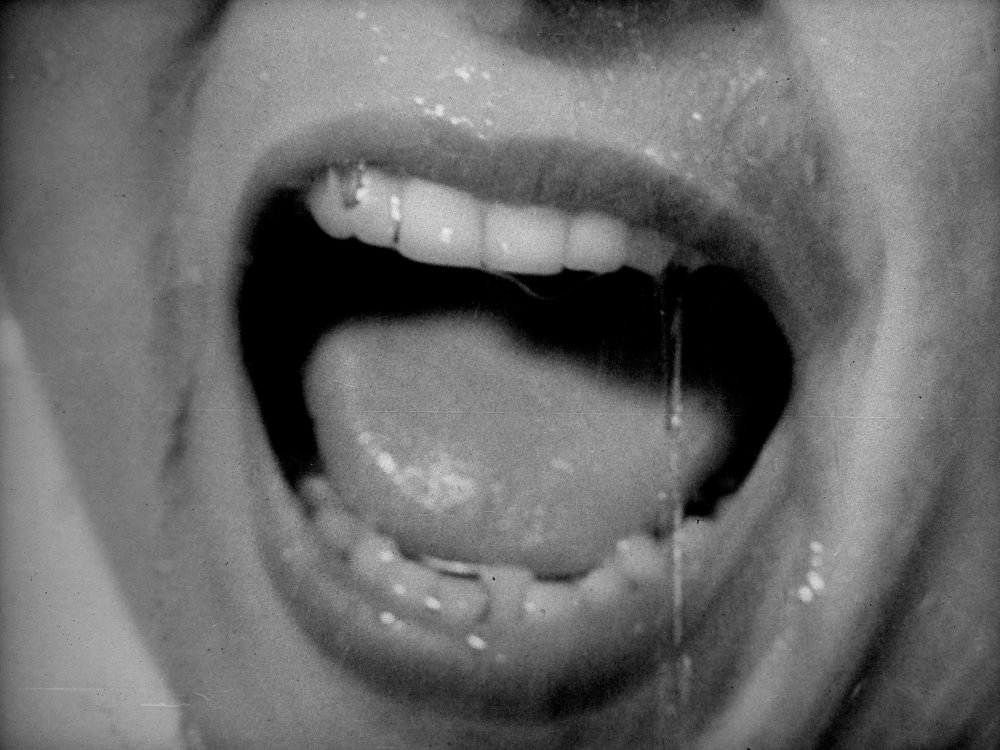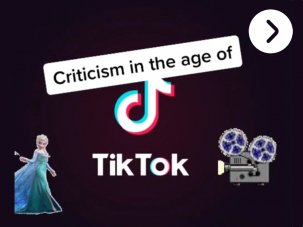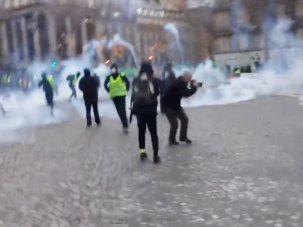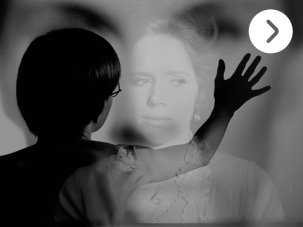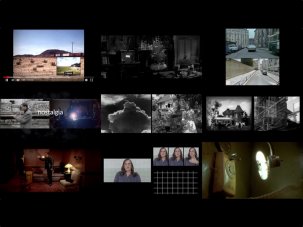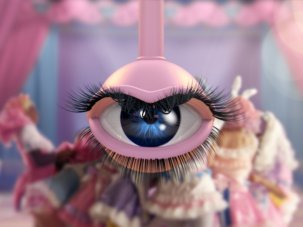The critique, analysis and exploration of an artform with and in its own language can create something that is powerful and creative in its own right. At this year’s Uppsala Internationella Kortfilmfestival a programme of “short films on film”, curated by Catherine Grant, looked at how we might think about “the video essay as liquid criticism”. Using the fluidity of images in the place of a pen, the video essay is like quicksilver for critics; it defies stillness and, if controlled carefully, can be manipulated to great affect. The screening included both new and older video essays, offering a sort of tasting platter of styles and approaches from the format’s leading practitioners.
The 39th Uppsala International Short Film Festival ran 19-25 October 2019.
Starting with the most popular and recognisable approach, the supercut, the programme began with kogonada’s ‘classic’ of the format. Wes Anderson // Centred (2014) is so liked and shared online because of its relative simplicity, its visual approach to auteur theory explicated by a single dotted white line.
A somewhat more detailed supercut, thanks to its added voiceover narration that navigates the nuance of knitting together film clips to form a thesis, is Kevin B. Lee’s The Spielberg Face (2011). Though these approaches to understanding auteurism or indeed any other generic or cinematic trope are not exactly new, they mark a return of the essayistic voice, now under the influence of online culture as both a space and a community.
The Spielberg Face (2011)
The essay film, Grant said, is “the art of gaps” and how it thinks is in “opening up a complex space to ask more questions”. In many ways, the internet is the best home for this kind of discourse, because it allows viewers to engage directly in the conversation and, much as the critical process of a video essay enables the maker to really drill down into the detail of a film in editing and manipulating its materiality, the viewer can also choose to pause, replay and freeze-frame the now liquid criticism – a more tactile engagement than reading or hearing reviews and articles.
Touching the textile is key, as more impressionistic work such as Richard Misek and Martine Beugnet’s In Praise of Blur (2017) revealed. Using a common trope in visual style – the blur and its haptic effect – the work comments across genre and form so that, as the film puts it, “through blur all genres merge into experimental film”. Concerned with film’s materiality as well as its affect, In Praise of Blur allows Misek and Beugnet to articulate their argument for haptics in the best possible way – in asking the audience to understand the concept through active participation in “touching the screen with their eyes”.
In Praise of Blur (2017)
Still, the true revelation for me was in seeing the selection on a cinema screen. While I’ve seen video essays that accompany/precede feature films up on the big screen before, there was an entirely different implication in seeing a collection of the films presented as short films. Emboldened by the context, curation and environment, even those films in the programme that I had seen before took on new dimensionality. Presented in the Slottsbiografen – an historic single-screen cinema, complete with original wooden seating and hand-painted wall mural from 1914 – the programme’s setting was not only cinematic but grand. This is where Ingmar Bergman watched films in his formative years.
The most personally affecting film for me was Emma Hampsten’s 2018 self-proclaimed “videographic criticism”, Women, Intimacy, and Sexual Violence in Hitchcock Films. Aged 12, I saw my first Alfred Hitchcock film, Psycho, (1960) and loved it. I watched plenty more before I was anywhere near old enough to understand the ideology and gender politics at play.
Watching Hampsten’s work, I felt the same spine-tingle as when I first watched Psycho – only this time charged with the awareness of how the repetition of cinematic tropes creates accumulative affect. It begins with viewer discretion advice (“This video contains images of sexual assault, violence, and rape”), followed by a clip from François Truffaut paying tribute to Hitchcock at the AFI awards, where Truffaut sets out the key differences between French and American appreciation of Hitch. “You respect him because he shoots scenes of love as if they were scenes of murder; we respect him because he shoots scenes of murder like scenes of love.”
Women, Intimacy, and Sexual Violence in Hitchcock Films (2018)
The clips that follow, from North by Northwest, Marnie, Vertigo, Dial M For Murder and others I watched in a cinema as a teenager, feel increasingly violent as they dance in quick succession across the screen, artful and slippery like mercury. Watching them again now, post-#MeToo, with and in the context of a critically questioning cinema programme, is incredibly potent.
“Let us not be complacent,” the film concludes. Those words spoke to me directly; I am no longer the passive teen who has violent images impressed upon her but the active viewer who is responsible as well as responsive.
-
The 100 Greatest Films of All Time 2012

In our biggest ever film critics’ poll, the list of best movies ever made has a new top film, ending the 50-year reign of Citizen Kane.
Wednesday 1 August 2012
-
The Digital Edition and Archive quick link
Log in here to your digital edition and archive subscription, take a look at the packages on offer and buy a subscription.




